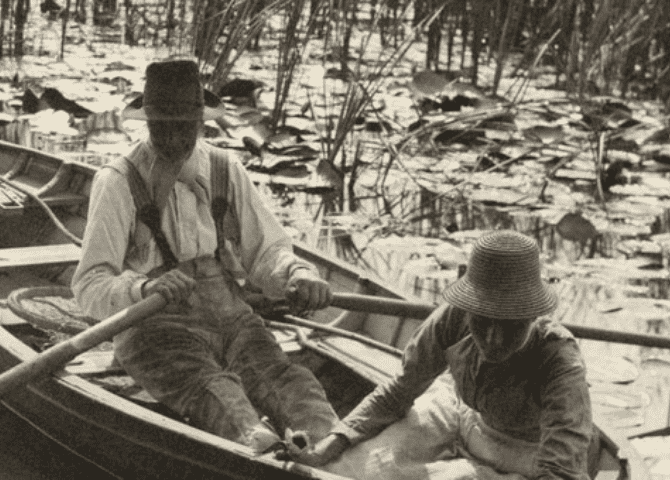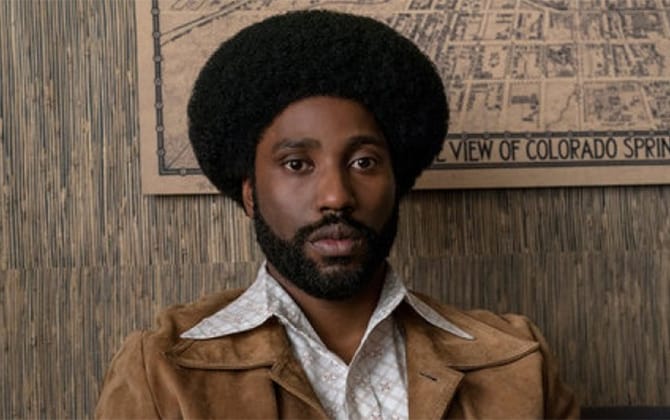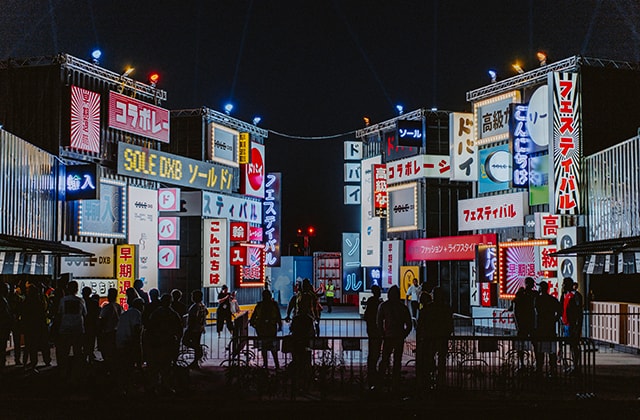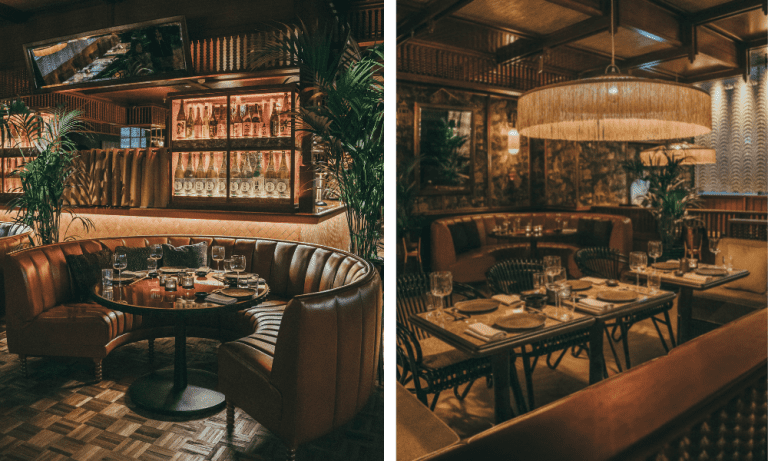Let’s retrace the source of this statement. “The death of painting” was first said by Paul Delaroche after he saw the daguerreotype in 1839. He saw a photograph that was sharper than a painting and he exclaimed that “From today, painting is dead!”.
In a time where photography is taken for granted, one needs to appreciate the sensation caused by the announcement of the Daguerreotype. The idea that a picture could be captured without the need for an artist was unfathomable and many artists who made a living out of portraits and artwork saw their means of livelihood coming to an end. It wasn’t until the revolution followed and provoked artists to look at the world with a different eye! Along came the impressionists, who grew tired of producing realistic portraits and landscapes and progressed into a new genre of art. They captured the lights and motion of waves using daubs of many bright, contrasting colours applied quickly in short brushstrokes. Gradually, art moved from objective reality to subjective reality and since then it has never returned to the same old ground!
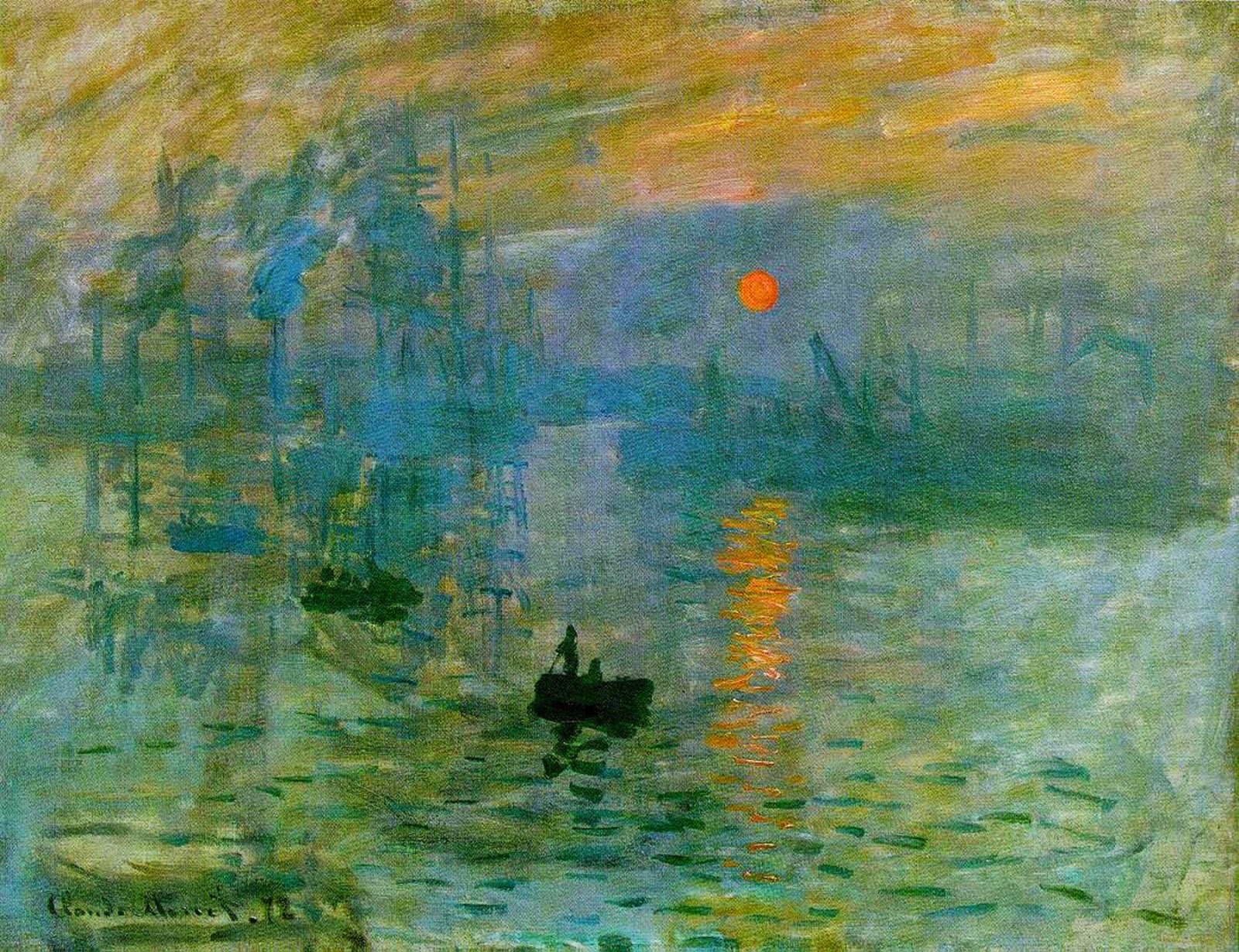
Later, these withdrawals from reality extended to peaks in 1910 with Cubism and the first abstract painting by Kandinsky. Expressionism, cubism and Abstraction synchronized with Surrealism, which presented another form of reality, until WWII. The Abstract Expressionism of Pollock in the 1950s arrived, breaking reality into fragments.
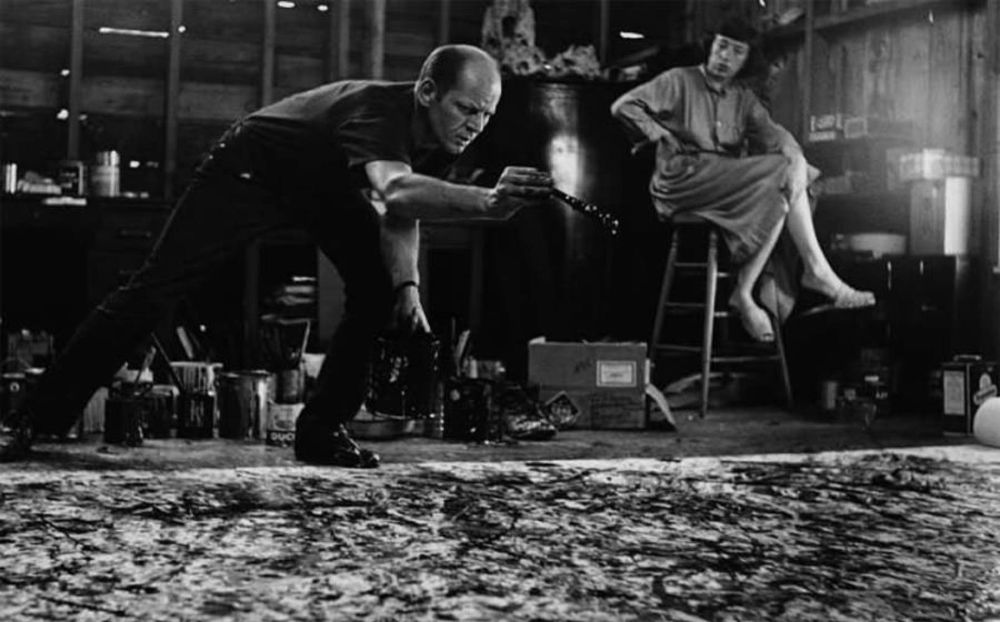
So, why can’t colour, shapes and space be the subject of art instead of the orthodox person or object? Philosopher, Marshall McLuhan, once said: “the medium is the message.” Photographs did more than just accurately represent the world better compared to paintings. Ironically, it created a new art dialogue and led to the birth of yet another artistic era; an art revolution.
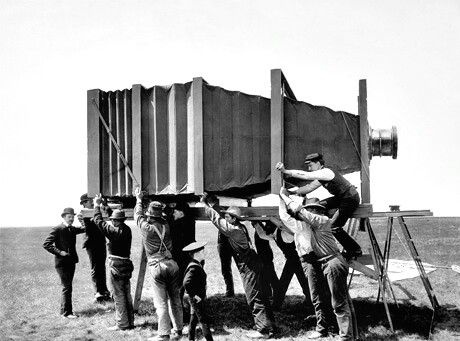
In the 1910s, Marcel Duchamp elevated a bicycle wheel, a bottle rack and an upturned urinal into the position of art! Not only did Duchamp convert the terms of artistic success, but he also eliminates the need for the artist’s hand. This led to the confident statement by minimalist sculptor, Donald Judd, “It seems painting is finished.” But was it?
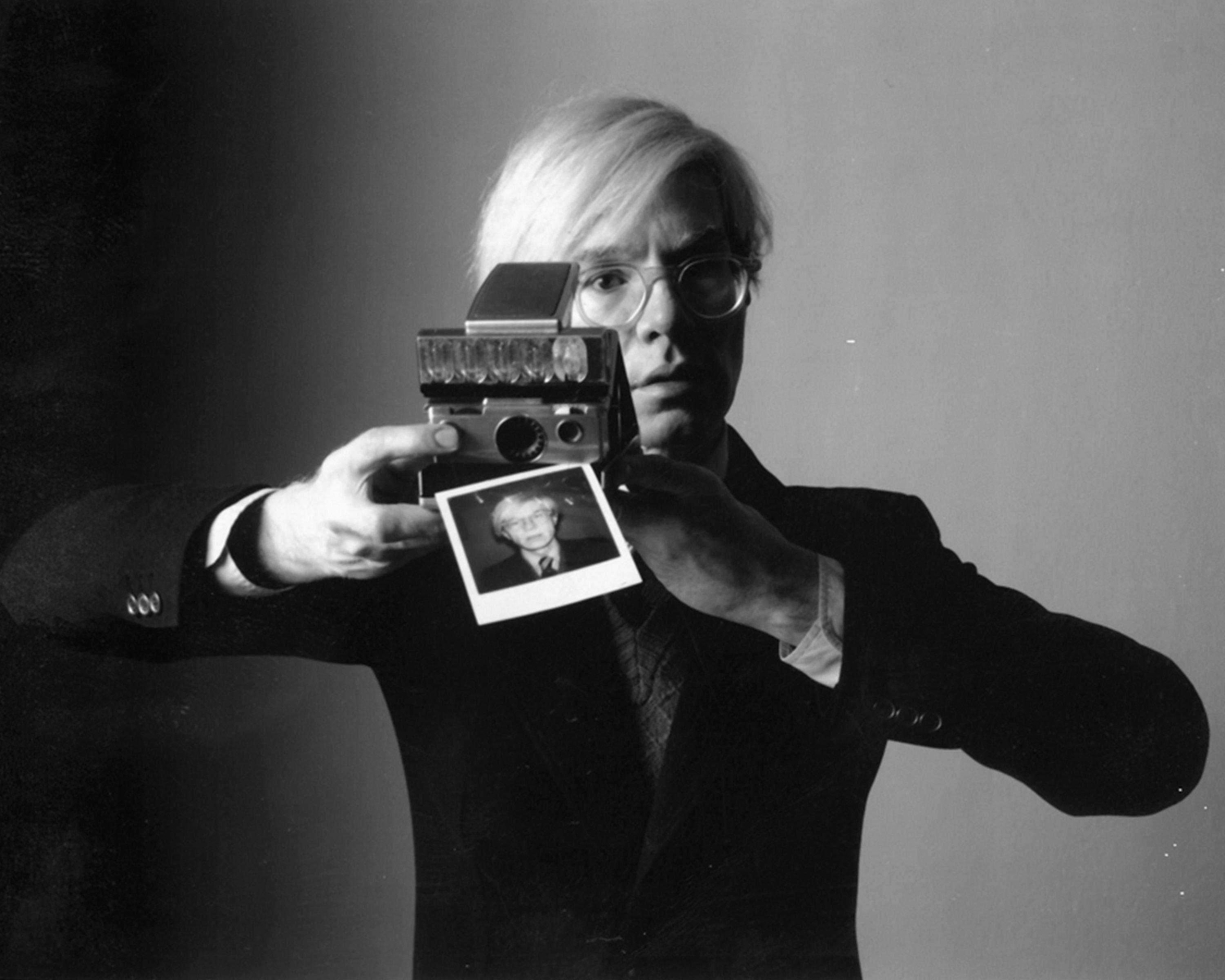
The 1960s brought the evolution of artistic dialogue with the camera. In some cases that dialogue takes the form of rejecting photographic realism evidently in the unnatural colours of Van Gogh or gestural abstraction of Pollock. Silkscreened imagery, most famously by Andy Warhol, displayed dialogue of equal partners through “hyperrealism”. Painters, Richard Estes, Denis Peterson, Audrey Flack, and Chuck Close often worked from photographic stills to create paintings that appeared to be more photographic than the actual photographs! It’s inception! Today, there are several genres of art and many ways to communicate visually. Classical and neo-classical style sculptures, performance art, installations consisting of any object known to man, and much more. The list is endless, posing a “threat” to traditional art. We now live in a world where art has developed into a cryptocurrency and there is no longer a distinct division between computer imaging and conventional art. I personally began my career with digital art, with my first digital series titled “Ballerina Grenadina”, before I learnt traditional art techniques. That is just my artistic journey!
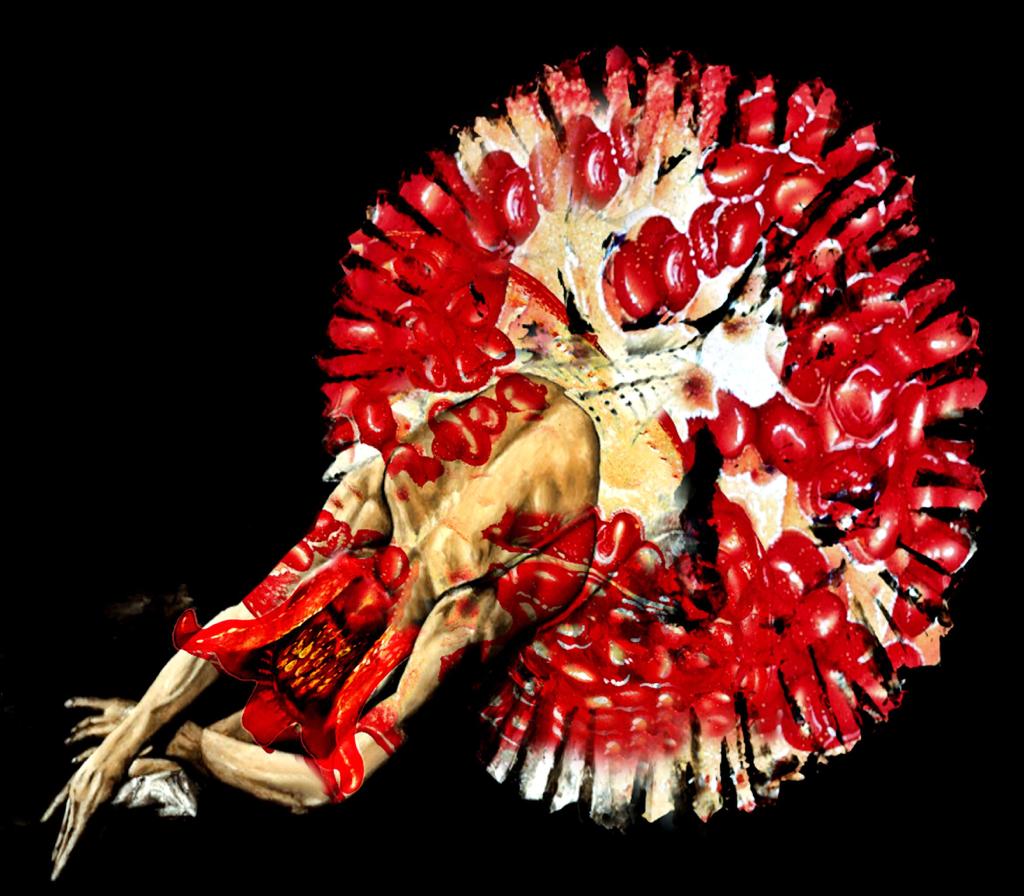
I remember debating a question I always had; “can you tell if an image is of a digital piece or a traditional painting?” My conclusion is, why should you care? If you have a passionate liking for an art piece, this liking shouldn’t change depending on the canvas. An art medium is not only paint but can be a camera too, a physical paintbrush and a virtual one serve the same purpose. People assume that anyone can buy a computer and become an instant artist but that is not the case. Art cannot create itself and a sophisticated machine cannot create it either; art requires thought and passion and those are qualities that cannot be taught. Think of “Aida” the robot artist, could she give meaning to her work? I believe painting is much like science and technology, both evolve using discoveries and ideas as the driving force. Painting is growing beyond the conventional canvas; it now fills the streets and, in some way or another, is part of our daily lives. Painting is in a persistent state of metamorphosis and regenerating itself eternally by incorporating new talents, perspectives, and ingredients whilst perfecting old traditional methods to preserve the essence of the art. It’s called the “re-birth” of a painting, and yes, it is very much ALIVE, till eternity we do art and Art will keep us eternal!
#vivavivaelarte
Also, discover Suzi Nassif’s column.
